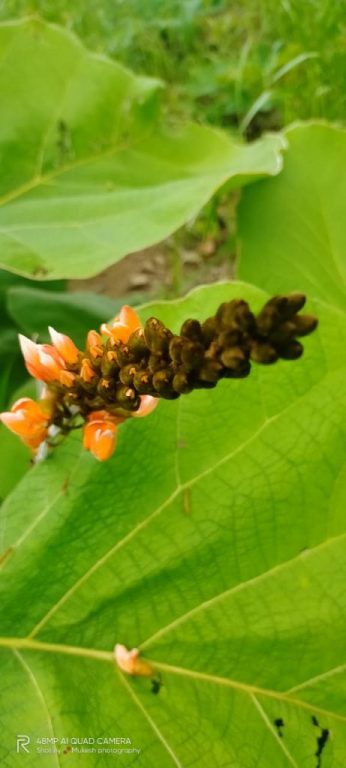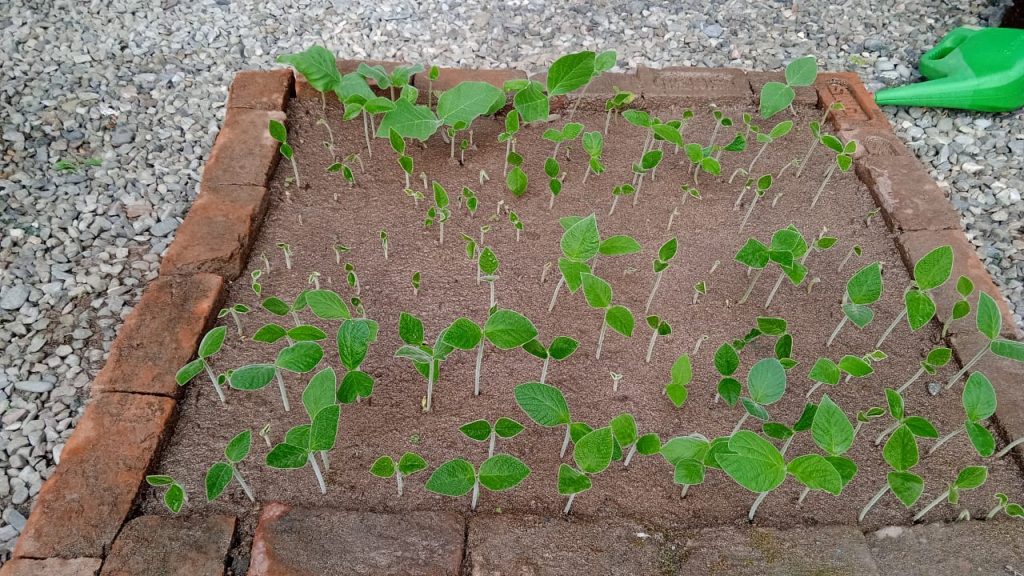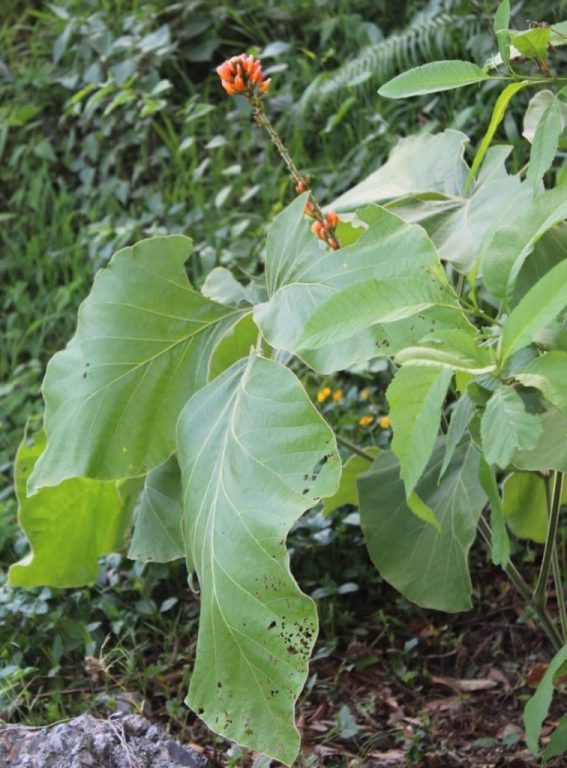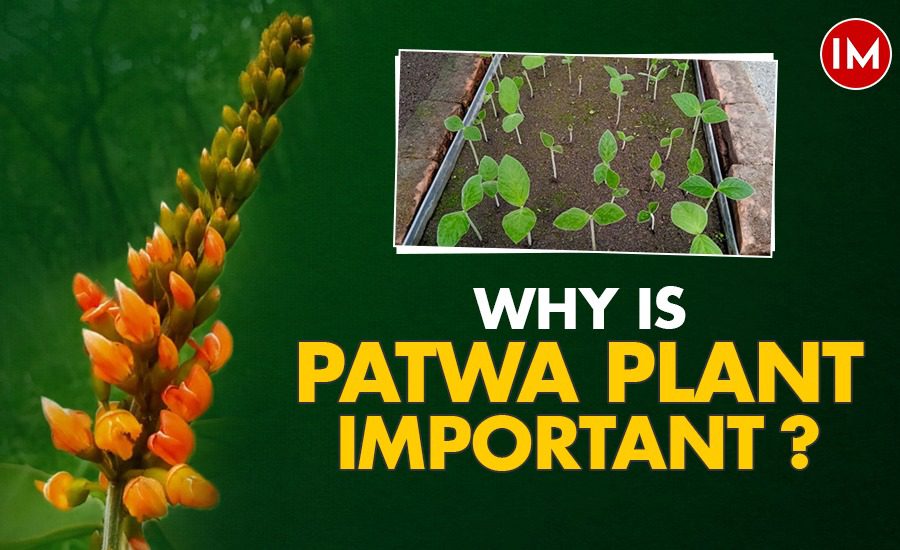The Patwa plant (Meizotropis pellita) is facing extinction.
Nestled in the enchanting Patwadangar near Nainital and Champawat in Uttarakhand, this endemic plant, also called “miracle plants”, holds the key to not only the region’s biodiversity but also to potential medicinal breakthroughs.
Amid threats ranging from deforestation, habitat fragmentation, forest fires and human interference, there is a ray of hope for the Patwa plant thanks to the tireless efforts of the state forest department’s research wing.
FROM ‘ABYSS’ TO HOPES
Talking to Indian Masterminds, IFS officer Sanjeev Chaturvedi, who is the chief conservator of forests, spoke passionately about the urgency of the situation.

“The Patwa plant was slipping into the abyss due to insufficient natural regeneration and inadequate protection measures. Recognising the immediate need for intervention, we embarked on a mission to develop and standardise propagation techniques for mass reproduction and conservation,” he explained.
ENDANGERED SPECIES
Chaturvedi further said that the International Union for Conservation of Nature (IUCN) had listed it as a “critically endangered species”.
This critically endangered species was facing a multitude of challenges – forest fires, climate crises and anthropogenic pressure – that were wreaking havoc on its natural habitats, resulting in a decline in its population.
The officer further highlighted the importance of understanding the complex root system of the Patwa plant, which could prove crucial in soil binding and minimising soil runoff in hill slopes, offering a unique ecological service.
Factors like deforestation and human interference were causing irreversible damage.

The plant’s leaves, stems and roots were reported to possess antioxidant properties, adding a layer of significance to its conservation beyond its ecological role.
DEMONSTRATION AREA
In response to the critical situation, the forest department established a demonstration area for the Patwa plant in the Sariyataal nursery during 2012-13.
Located approximately 7-8 km from Nainital town at an elevation of 1775 metres, the area covered 0.50 hectares.
The success was evident, with 98% of the planted saplings surviving.
This initiative marked a pivotal step toward ensuring the survival and proliferation of the Patwa plant.
GEOGRAPHICAL SPREAD
Chaturvedi underscored the importance of the Patwa plant’s limited geographical spread, emphasising its presence only within a specific 10-11 square km area.
Its association with the region was so profound that the area itself was named Patwadangar after this unique species.
With its limited numbers and the challenge of natural regeneration due to wildlife consumption of seeds, the Patwa plant faced an uphill battle for survival.

PLANT BLINDNESS
The IFS officer shed light on the broader issue of “plant blindness.”
He explained how the glamour quotient associated with charismatic wildlife often overshadowed the critical role that plants play in maintaining ecological balance, carbon sequestration and medicinal needs.
The successful propagation of the Patwa plant aimed not only to save a species but also to challenge the prevalent plant blindness in conservation efforts.
The officer and his team successfully prepared the plants through both seeds and vegetative propagations, creating a stand of around 500 trees.
This stand serves as a vital source for future seed production, ensuring a safety net in case of any extinction risk in the wild.
The Patwa tale is a reminder that even the most inconspicuous plants can hold the key to a sustainable and biodiverse future.

































